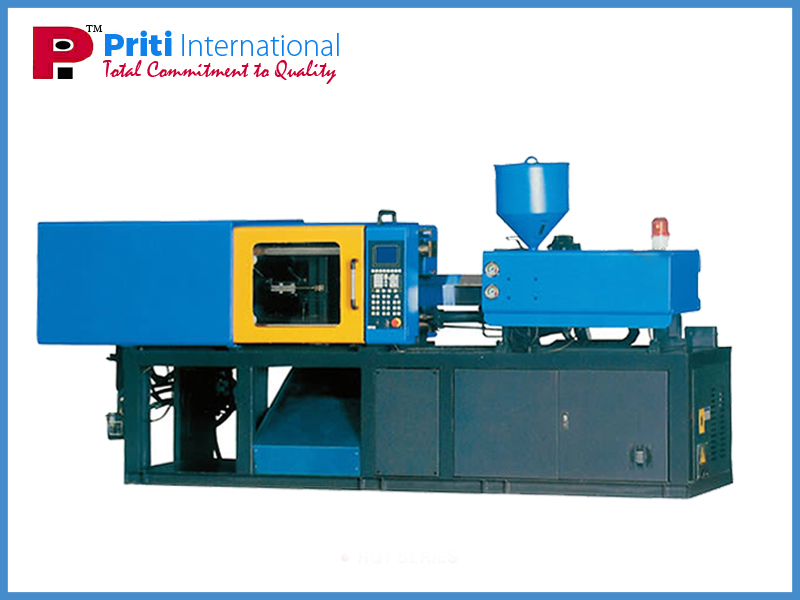
A hard PVC injection molding machine is also referred to as an injection molding machine because of its rigidity. The best machines are pretty standard ones having optional add-ons for molding process. PVC in the molten state results in Hydrogen Chloride fumes that is corrosive to the unprotected steel. So, a special injection unit is often specified for hard PVC.Â
The action of screw turning generates so much sheer heat with hard PVC that sometimes it becomes a major problem. The low compression screws are a must. The specialty screw tips, which allow easy transition of molten PVC are also required. Stainless steel molds are considered as the best although the desired result can be achieved with rigid chrome plated tool steels. It has been observed that soft tool steel molds can develop rust in just a couple of hours.
The plastic injection molding process is the one, which needs knowledge of the PVC as the raw material, factors like speed, and temperature, and state-of-the-art equipment. The points are discussed here.
Machine type:- Usually, PVC is molded with the reciprocating screw injection molding machines. The machines designed by the PVC moulding machine manufacturers consist of plastic screws for ensuring that the molten material is consistent for injecting effectively into the cavity of the mold. The screw compression rate must be equal to 3:0:1.
Clamp capacity:– For this injection process, the manufacturers will need an injection molding machine that has a clamp force of approximately 1.5 to 2.5 tons per sq. inch.
PVC conditions:- The temperature of molten PVC must be checked by inserting the needle pyrometer into that material. The optimum temperature for melting PVC must be kept between 345oF and 375oF.
Mold conditions:-Â The appropriate temperature ranges between 70oF to 130oF. The temperature of the nozzle requires to be adjusted from barrel zones for ensuring that the molten PVC remains within injection cylinder. The speed that is used in custom injection molding operation depends on the mold dimensions and the PVC thickness. Minimal back pressure that is recommended ranges between 50 to 125 psi. Excess amount of back pressure can enhance the overall time required for molding. The screw speed must be set to medium or slow. Usually, the average time for producing a PVC part is somewhere between 30 to 60 seconds. The processing time is increased sometimes depending on the factors like the dimensions, mold temperatures, and the size.
